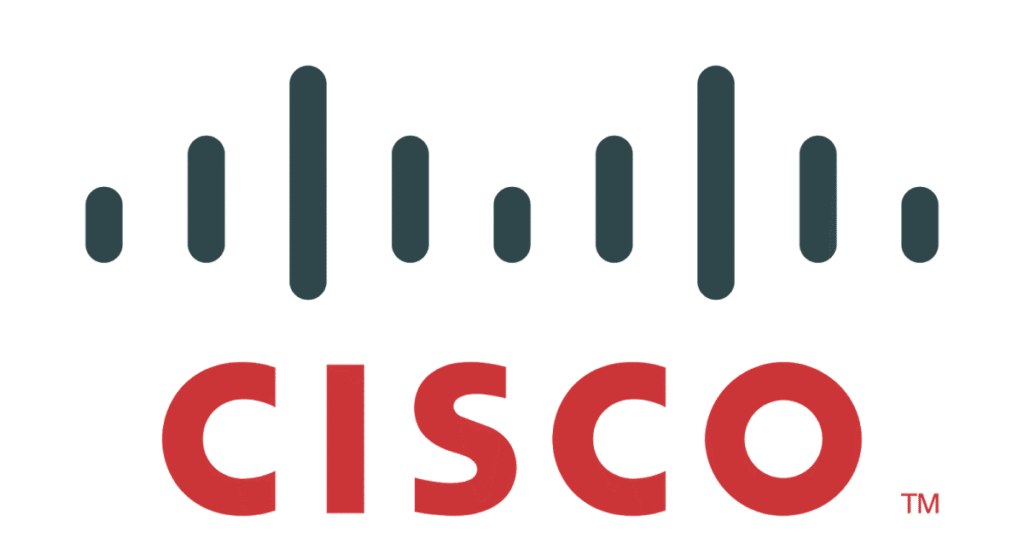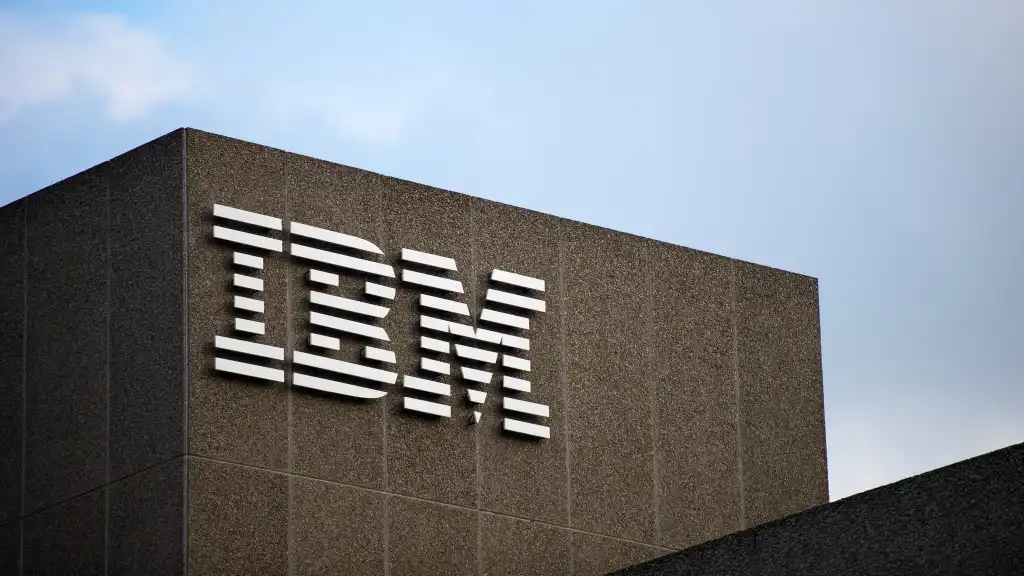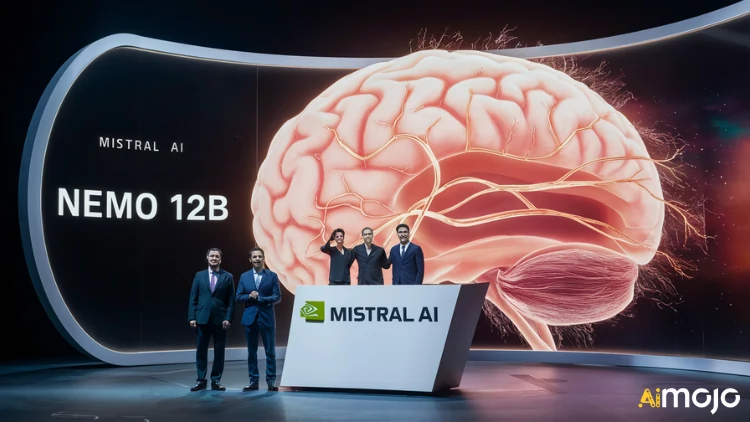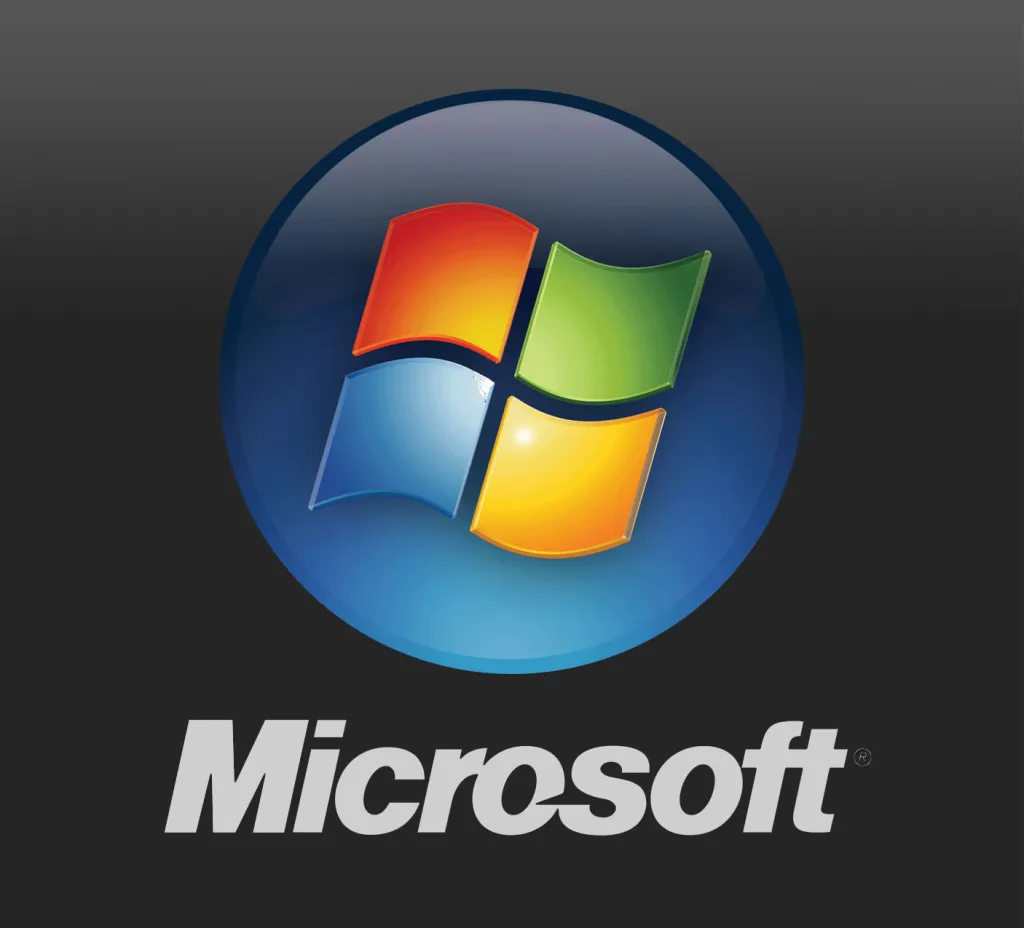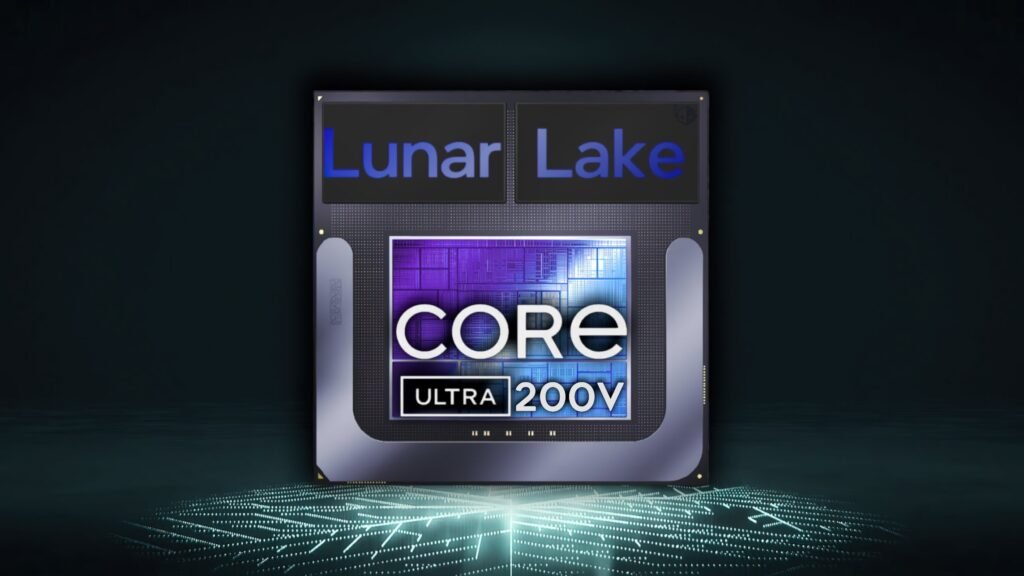Cisco has stepped into the growing race to build infrastructure for the AI era, unveiling the Cisco 8223 routing system—a high-performance router built to connect data centers running massive AI workloads. The company says it’s the first 51.2 Tbps fixed router purpose-built for AI-scale networking, powered by its latest Silicon One P200 chip.
The New Battlefield: AI Interconnect Technology
Cisco’s entry marks a major move into what’s becoming a three-way showdown with Broadcom and Nvidia, both of which recently revealed their own scale-across networking chips.
Broadcom introduced its Jericho 4 silicon earlier this year, offering similar bandwidth with HBM memory for deep buffering. Nvidia followed with its Spectrum-XGS network, pairing it with its GPU clusters to create end-to-end AI infrastructure. Now, Cisco’s 8223 adds another heavyweight to the mix—backed by decades of networking experience and strong enterprise relationships.
Why AI Is Outgrowing the Data Center
AI workloads today demand staggering amounts of computing power. Training large models or running inference across multiple nodes requires thousands of GPUs working in parallel, producing enormous heat and energy consumption.
Data centers are quickly reaching limits—not just in space, but also in power capacity and cooling. As Cisco’s EVP of Hardware, Martin Lund, put it, “AI compute is outgrowing the capacity of even the largest data center.”
That’s where “scale-across” networking comes in: connecting multiple AI facilities across regions so they can share resources seamlessly. But that introduces a new problem—the interconnect becomes the bottleneck.
Why Traditional Routers Can’t Keep Up
Standard data center routers weren’t built for the unique demands of AI. Training jobs generate sudden bursts of massive data transfer, followed by quiet periods. If the network can’t absorb those spikes, GPUs sit idle—wasting time and money.
Conventional routers may deliver speed or control, but rarely both at once, and often with high power costs. AI-scale workloads demand ultra-high throughput, intelligent buffering, and energy efficiency—all at once.
Inside Cisco’s 8223 System
The Cisco 8223 delivers 64 ports of 800G connectivity in a 3RU chassis—making it the highest-density fixed router currently available. It can process over 20 billion packets per second and handle up to three exabytes of interconnect bandwidth.
Its deep buffering system, powered by the P200 chip, allows it to absorb traffic surges much like a reservoir catching floodwater—keeping data flowing smoothly between AI clusters.
Power efficiency is another key feature. Cisco claims the 8223 operates with “switch-like power efficiency,” crucial at a time when data centers are already constrained by energy costs. The router also supports 800G coherent optics, enabling long-distance connections—up to 1,000 kilometers—between distributed data centers.
Early Adopters: From Microsoft to Alibaba
Cisco’s Silicon One platform already powers parts of Microsoft Azure’s infrastructure. Dave Maltz, Azure’s networking VP, praised the unified chip architecture for allowing “easier expansion across DC, WAN, and AI/ML environments.”
Alibaba Cloud is also betting on the P200 to strengthen its network core, replacing traditional chassis routers with clusters of P200-based systems. Meanwhile, Lumen Technologies is evaluating how the new hardware could boost its network performance and service offerings.
Programmability and Future-Proofing
One of the biggest advantages of the P200 chip is programmability. Networking standards for AI are evolving quickly, and hardware upgrades are expensive. Cisco’s architecture allows firmware updates to support new protocols without replacing the entire system—future-proofing data center investments.
Built-In Security for the Quantum Era
Cisco also integrated line-rate encryption with post-quantum-resistant algorithms, safeguarding inter-data-center communication against future quantum threats. Coupled with Cisco’s observability tools, admins can monitor performance and security in real time.
Can Cisco Win the AI Network Race?
With Broadcom and Nvidia already deeply embedded in the AI ecosystem, Cisco’s challenge will be differentiation. But the company brings clear strengths: decades of networking dominance, mature relationships with hyperscalers, and a versatile Silicon One portfolio that can scale across product lines—from fixed routers to modular systems.
The 8223 launches with open-source SONiC support and will soon include Cisco’s IOS XR operating system. This flexibility could attract enterprises wary of vendor lock-in as they build multi-facility AI infrastructure.
In the end, the winner in this emerging field won’t be determined by specs alone, but by who can deliver the strongest ecosystem of software, services, and integration tools around their silicon. For now, Cisco’s 8223 represents a major step toward bridging the gap between isolated data centers and the distributed AI systems of the future.
